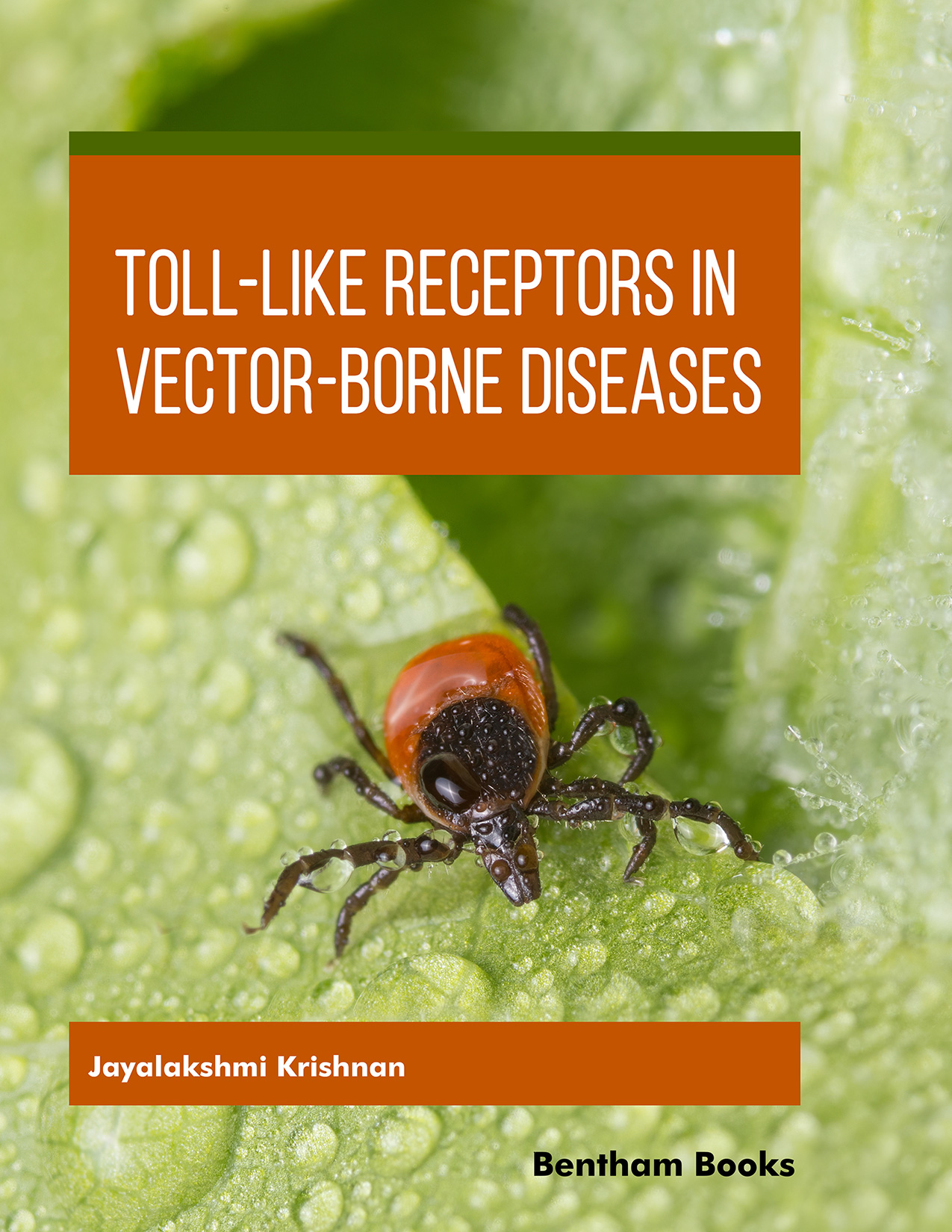Introduction
The immune system is highly complex, it senses foreign invaders, thus protecting the body. The adaptive arm of the immune system confers long-term protection, whereas the innate immune system confers immediate protection. The immune system uses pattern recognition receptors that are able to sense the molecular patterns associated with pathogens.
Toll-like receptors (TLRs) are important mediators of inflammatory pathways in the gut which play a major role in mediating the immune responses towards a wide variety of pathogen-derived ligands and link adaptive immunity with the innate immunity.
This book covers the role of TLRs in several vector-borne Diseases. Starting with an introduction to these diseases, the book explains the different types of receptors involved in these diseases. The diseases are then covered in separate chapters, including: malaria, lymphatic filariasis, visceral leishmaniasis, dengue fever, chikungunya, West Nile fever, and Japanese encephalitis.
The book is a handy reference for researchers and trainees involved in clinical medicine and infection control. It can also serve as supplementary reading material for Students undertaking courses in biotechnology, public health, entomology, immunology, epidemiology, and life sciences.
Audience:
Researchers and trainees involved in clinical medicine and infection control; Students undertaking courses in biotechnology, public health, entomology, immunology, epidemiology, and life sciences.

